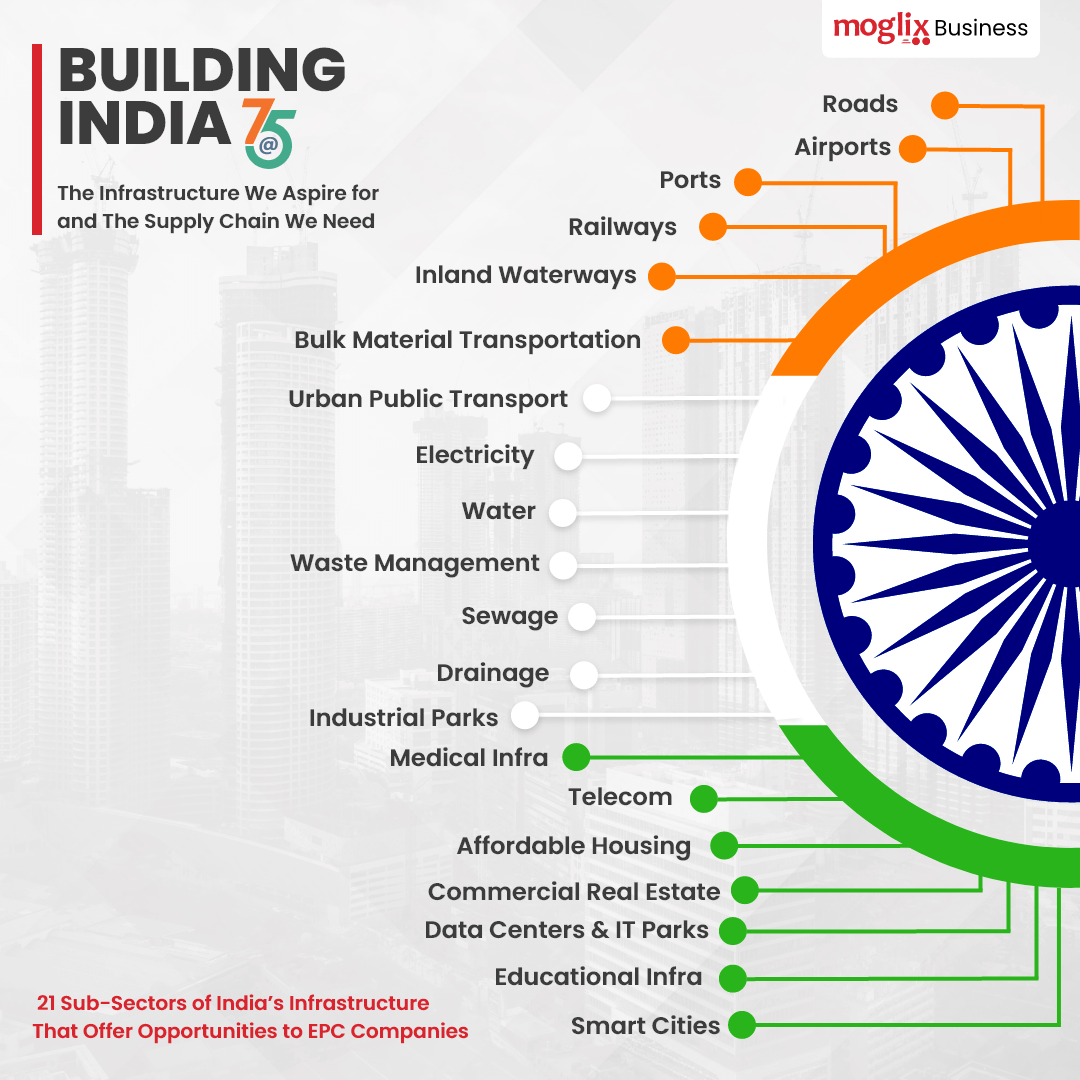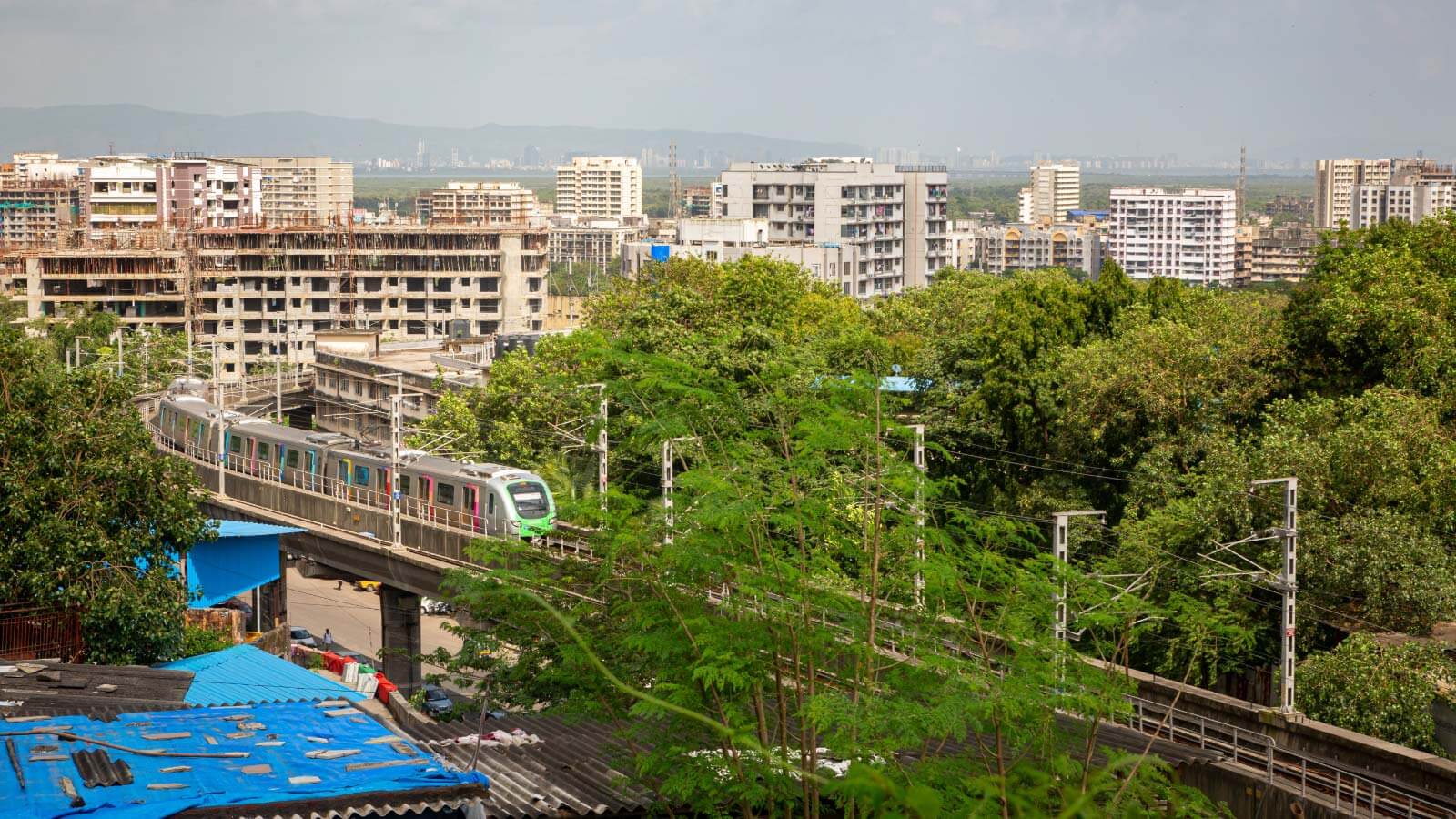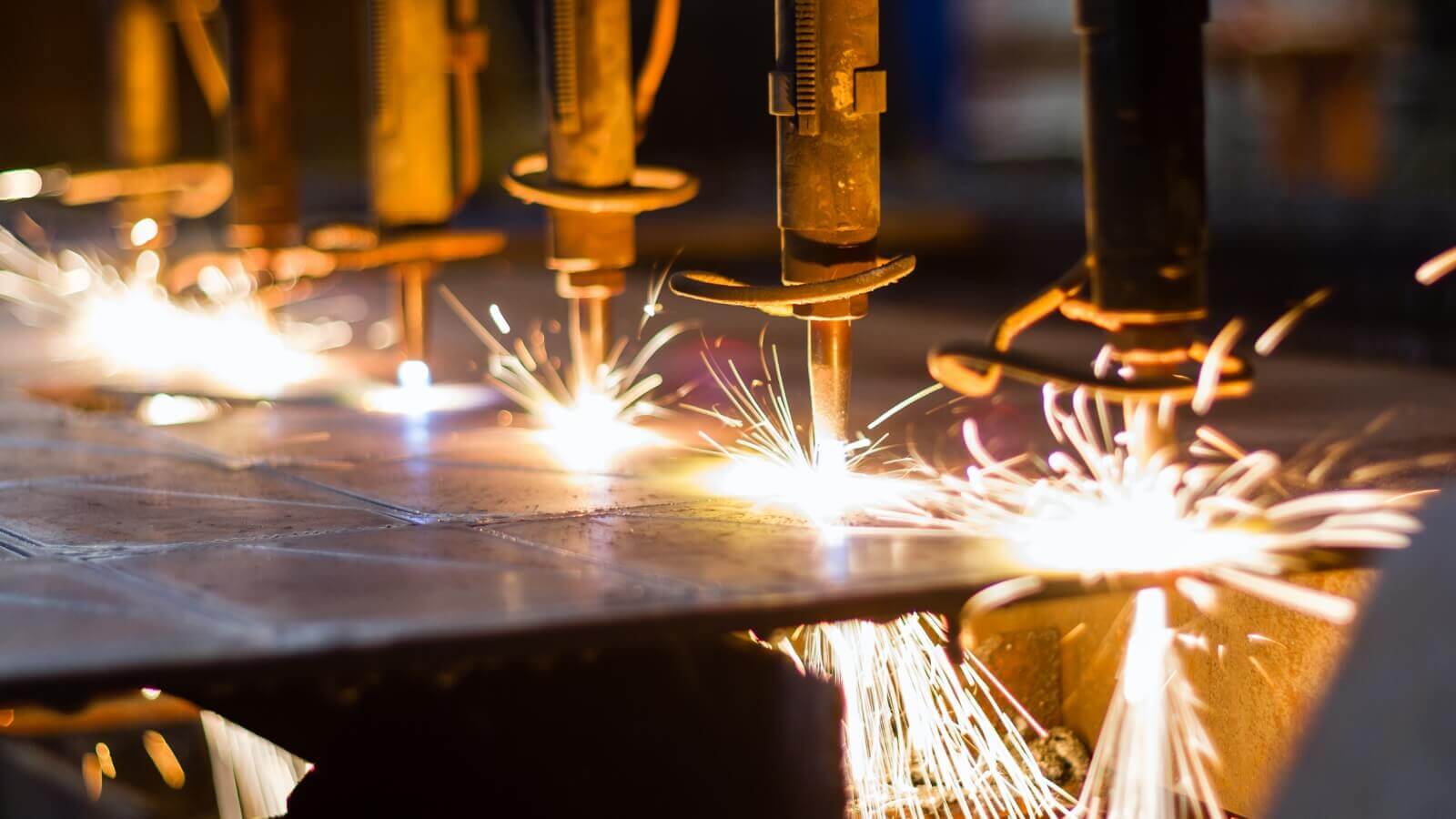Why popular e-marketplaces are a strict no go when it comes to corporate gifting?

Why popular e-marketplaces are a strict no go when it comes to corporate gifting?
How often have you heard (or used) the phrase: “I’ll just buy it online”?
Let’s face it. eCommerce platforms have a robust market presence. They’re the go-to destinations for most people who are shopping online, particularly for gifts. As one global survey revealed, around 42% of people prefer to buy most (or all) of their holiday gifts on one of these platforms.
Often confused, hence seldom understood is the fact that marketplaces lack the sensitivity when it comes to corporate gifting. Shopping for corporate gifts on these marketplaces defeats the objective of corporate gifting. This festive gifting season, hence, it is a good time to reinvent corporate gifting and look beyond these marketplaces for your employee,customer, and other stakeholder gifts.
One of the key reasons to give bespoke portals a chance this year is that they offer greater freedom to personalize the gifts you purchase. And personalization is one of the hottest gifting trends at the moment. Even adding small details like names, designations, and achievements can significantly elevate the quality of a gift.
Customized gifts like these make receivers feel more valued and included in the corporate family. Unfortunately, on larger, bulk-order marketplaces, you cannot choose curated gifts or add a personal touch to every gift.
Another reason to steer clear of universal online stores is their vetting process. Leading eCommerce marketplaces are generally not particularly picky about the sellers they enlist on their platforms. So, you may have to navigate various issues like inaccurate or insufficient product information, failure to meet delivery deadlines, or a lack of standardized customer service.
Additionally, when you look beyond such generic marketplaces to pick a portal that specializes in corporate gifting, you get the advantage of building a relationship with the latter. You can capitalize on this partnership to build a robust and dynamic corporate gifting program that could quickly become a unique value proposition for your company. This may not be possible when you choose large, consolidated eCommerce portals.
Want to give your corporate gifting game an upgrade this year?
If you answered yes to that question, the Moglix Big Bonanza Festival is just what you’re looking for. Its unique and customized corporate gifting catalog includes over 100 brands across 50+ product categories, and you’re sure to find the perfect corporate gift to let your employees, customers, dealers, distributors and suppliers know just how much they are valued.
You can also take advantage of the massive bulk deals and discounts on the products listed for sale. So, no matter what your corporate gift budget is, India’s biggest corporate gifting festival from Moglix is bound to have something for you.
Know more about how to delight your employees and business associates through the Big Bonanza Festival this year.
Corporate Gifting Made Easy – 5 unmissable corporate gifting ideas

Corporate Gifting Made Easy – 5 unmissable corporate gifting ideas
Back in the day, corporate gifts in India may have been limited to a classy gold watch presented to retiring employees. But in the years since, gift-giving has become a more integral part of corporate culture in the country. In fact, the corporate gifting market in India, now worth Rs. 12,000 crores, is estimated to be growing at over 200% annually.
This is not surprising because the gifting season in India’s offices comes around every year (or sometimes even twice a year!). Gifting trends, however, change from one year to the next.
So, if you want to go the extra mile for your employees, customers, vendors, and other stakeholders this festive season while still keeping pace with the times, here are 5 trending corporate gifting ideas across different budgets.
1. Something that’s sustainable and eco-friendly
With businesses and individuals increasingly embracing sustainability, eco-friendly products will undoubtedly be a hit. This year, you can adopt a sustainable theme and choose gifts that contribute to the betterment of the environment, like reusable products, recycled luxury goods, or even organic options for regular products.
2. Something for the home
You could also get the recipients something for their home, like charming home decor items. If your corporate gift budget allows it, you can even consider getting home appliances this season. Alternatively, if your company follows a hybrid work culture, your employees and other stakeholders will certainly appreciate gifts that will be useful in a home office.
3. Something that’s personalized
Customized gifts never go out of style. Adding little details to a gift, like an employee’s or customer’s name, can give a heartfelt touch to the gesture of corporate gifting. It also boosts their morale and trust more than a generic gift ever could. You can customize many regular products like stationery, coffee mugs, photo frames, and more.
4. More gift to you
If personalized or curated gifts are not what you’re considering this year, why not give the recipients more flexibility with a digital gift card? Each individual can redeem their gift cards at the relevant online marketplaces to purchase products or services that they actually want. This kind of flexibility is a gift in itself, isn’t it?
5. Some cool, new tech gifts
You can never go wrong when you choose a tech-based gift. The options here are practically endless. Depending on the budget available, you can opt for accessories like headphones, power banks, smartwatches, and other wearables, or even electric grooming products. These may not be your average corporate gifts, but your employees, customers, and other patrons will certainly appreciate them.
Want to crack the corporate gifting code this season?
If you answered yes to that, you’ll love the Moglix Big Bonanza Festival, India’s biggest corporate gifting festival — where you can find a wide range of gifting options, all available at attractive deals and discounts. Visit our website to know more.
Building India at 75: The Infrastructure We Aspire for and the Supply Chain We Need

Building India at 75: The Infrastructure We Aspire for and the Supply Chain We Need
India@01 was a new shining star of freedom that had just risen on the horizon. It was an India of humble beginnings with an aspiration to reach commanding heights. As India turns 75, this Independence Day and celebrates Azadi Ka Amrit Mahotsav, we must introspect and ask ourselves some meaningful questions.
While life during the COVID19 pandemic was tough, which sector steered India’s economy to safety shores?
What is it that we need to bridge the gaps between the talent that is locked up inside India’s demographic dividend of a 55% young population and the opportunities in the global economy?
The answer is “infrastructure”.
India’s infrastructure sector, leveraged by the government’s mega CAPEX drive, outcome-based union budgeting for the National Infrastructure Pipeline, integrated data governance initiatives like the PM Gati Shakti Master Plan, and a vision to create “100 Smart Cities” is enabling the flow of a staggering INR 1,08,17,449 Cr of value into our economy.
The government expenditure multiplier in India’s infra sector is 2X. The benefits of the CAPEX that we are pump priming will get back to us in the form of economic growth across decades.
Building India@75 signifies a generational change in “our aspirations for infrastructure in the country” and consequently brings into focus the question of “what kind of supply chain do we need to get there?”
The Supply Chain Secrets for EPC Companies Building India@75
The supply chain for building infra for India@75 needs unique performance reporting metrics, processes, competencies, and technologies that can seamlessly integrate with the way in which EPC companies do business. This e-book is divided into three parts. Part one throws light on the opportunities for EPC companies across 21 sub-sectors. Part two delves on the latest trends in the prices of cement and the production and consumption of steel in India. Part three accumulates the learning outcomes of the Infra & PSU team at Moglix Business, derived from procurement and supply chain collaborations with EPC companies.
The Future of Infra Supply Chain in India: Freedom from Efficiency Leakages for EPC Companies
India’s next generation infrastructure will not be built only on land, TMT bars, structural steel, cement, transformers, and electricals alone. Rather it will be but on a digitally concretized foundation that is value engineered through contactless, seamless, and paperless supply chain processes.
It will ensure freedom from cost, time, and manual inefficiencies to EPC companies, project developers, contractors, engineers, and suppliers building India. This Independence Day let’s pledge to build India into a meritocracy where performance connects opportunity on one hand and rewards on the other.
What Does the 500 GW CAPEX Opportunity in Solar Energy Mean for EPC Companies?

What Does the 500 GW CAPEX Opportunity in Solar Energy Mean for EPC Companies?
Here’s the big bang news from India’s solar energy sector. In February 2022, India surpassed 50 GW of total installed solar capacity. What does this imply for EPC companies with interests in solar energy?
The Opportunity Size for EPC Companies in India’s Solar Energy Landscape
India has set an ambitious goal of producing 500 GW of renewable energy by 2030. Out of the targeted 500 GW of renewable energy, about 300 GW will be supplied by utilizing India’s immense solar energy potential.
The road to achieving over 300 GW of installed solar capacity represents a steep curve. Whatever challenges waylay India from achieving its solar power goals can be overcome with a concerted push by a superior collaboration between the government, EPC companies, OEMs, and suppliers.
How Do We Locate the Coordinates of Value in India’s Solar Energy Value Chain?
Out of the 50 GW solar capacity in India, over 42 GW stems from photovoltaic (PV) systems mounted on land, whereas around 6.48 GW comes from roof-top solar, and 1.48 GW is generated from off-grid solar PV. Ground-mounted PV systems are investment intensive and strain the company’s capital expenditure capabilities to expand its solar energy operations.
Modules, Share in Solar Energy Project Costs: 70%
Modules comprise the most significant cost component of about 70% of solar energy projects. India still imports 80-90% of its solar components.
Going with India’s Aatmanirbhar policies, the Union Budget FY23 has allocated an additional INR 19,500 crore to the Production Linked Incentive (program) to enhance India’s PV manufacturing heft. India’s production-linked incentive push to the solar industry has meant that Indian solar modules manufacturers are fast bridging the gap.
Modular Mounting Structures, Share in Solar Energy Project Costs: 10%
MMS accounts for 10% of the solar energy project costs. Modular Mounting Structures (MMS) are the supporting structures for the modules. Without these Modular Mounting Structures supporting the modules, the solar energy plant will fail miserably, considering that the modules need to be aligned at the right angle to catch the maximum possible solar irradiation.
The highest potential installation of the modules is a mark of competency of the EPC company. A strategic sourcing partner with broad experience in cultivating and consolidating a supplier base can help EPC companies access many suppliers who produce MMS at cost-effective rates without diluting quality benchmarks.
Transformers, Share in Solar Energy Project Costs: 10%
Transformers constitute about 10% of the total costs incurred in a solar energy project. These are specialized equipment manufactured by a select few vendors across the length and breadth of the country.
Sourcing transformers can be a very tricky task requiring coordination and calibration between several players in the pipeline. While procuring, it is necessary to ensure that the vendor’s background is strong enough to withstand a credibility check.
A good vendor can provide a track record of the customers serviced. Moving expensive machinery like transformers is riddled with problems and roadblocks at every turn, and without complete value chain visibility, chances of compromise on quality, delays, and logistical mishaps multiply manifold.
Next is What? Setting New Benchmarks and Bridging Gaps in the Solar Energy Supply Chain
In 2021 alone, India added a record-breaking 10 GW of solar power to its total power capacity. The solar energy capacity addition in 2021 registered a phenomenal rise of 200% over 2020, indicating an immense appetite in entrepreneurs to explore this avenue.
However, enthusiasm will have to be coupled with new-age procurement and supply chain capabilities for a solar energy project to be successful.
How Moglix MaaS Solutions for Solar Energy Projects Can Benefit EPC Companies?
Moglix’s solutions ensure that the supplier base is consolidated, inefficiencies in the logistic chain are weeded out, and the end-to-end digitization of the value chain lends unparalleled clarity to EPC companies. Moglix’s vast experience in this domain can help you navigate the source to site supply chain journey. To know more, click the link here
The Road to 500 GW Solar Energy in India and What EPC Companies Need

The Road to 500 GW Solar Energy in India and What EPC Companies Need
India is witnessing an unprecedented push for solar energy generation. By 2030, India plans on generating 500 GW of power from renewable energy sources. Out of this, 300 GW is meant to be generated from solar energy, and by the end of February 2022, India’s total solar installed capacity stood at 50 GW. Let’s dive deep into the challenges beset India’s road to 500 GW of solar energy generation.
1. Working Capital Optimization
OEMs and suppliers need working capital to maintain just-time-deliveries. The first step is for the EPC company to create a particular purpose vehicle (SPV) with a strategic sourcing partner. The strategic sourcing partner works alongside the client to meet liquidity gaps and is adequate assurance that working capital paucity does not halt operations.
2. Capital Expenditure and Credit Support
The cost for setting up a solar energy park in India amounts to INR 3200 Cr to 3500 Cr. Capital expenditure of such large amount calls for large scale credit support. Any EPC company looking to finance infra projects must be bolstered by adequate capital flows to stay committed to a project from its inception to its culmination. EPC companies will find synergy in procurement and financing operations in a strategic sourcing partner with large capital reserves.
3. Logistics
There are far too many examples of solar energy infrastructure projects that cost inordinately more than allocated funds. The supply chains of these projects are highly mismanaged with a fragmented vendor base and without logistics route optimization that leads to delays in procurement. Power project equipment, be it solar modules or modular mounting structures, can be sourced from reliable vendors, while logistics optimization enables just-in-time deliveries.
4. Operational Rigor
Solar energy EPC companies often incur project costs and time overruns. A project can, sooner rather than later, lose its mojo to a halt because of an ever-evolving, disruptive logistical or financial environment.
A strategic sourcing partner with dual prowess in the financing and supply chain domain can steer the project towards accelerated completion and fast-paced productivity without bottlenecks in capital deployment or raw material sourcing.
5. Digital Project Management
Say, a solar power project needs to source four transformers, niche products manufactured by only a select few vendors in India. The strategic sourcing vendor will execute the task of selecting the right OEM that meets the project’s custom demands. Once the order is placed, the digital project management solution will keep the solar EPC company updated about the status of the manufacturing of the transformer, delivery timelines, design and drawing challenges, if any, faced by the supplier and financing problems.
This visibility isn’t limited to transformers alone. Many capital goods including modular mounting structures and solar modules can be monitored with ease.
Moglix and EPC Companies in India: Connected Future of the Energy Supply Chain
Moglix can help you leverage the power of cloud-based project management and inject transparency, speed, and cost-effectiveness into the energy supply chain. Our solutions, which include but are not limited to consolidating the vendors’ list, predictive course correction, and a single-interface birds’ eye view of the project, can help revamp your workflow. To know more about how Moglix can help your EPC business, visit https://blog.business.moglix.com/manufacturing-as-a-service/
EPC Companies Can Catalyze India’s WEF Davos 2022 Goals. Here’s How

EPC Companies Can Catalyze India’s WEF Davos 2022 Goals. Here’s How
Net zero by 2070 is a crystal-clear target with a timeline. What are the carbon emission challenges facing EPC companies in India? How can EPC companies be a part of the supply chain solution? What are the rewards if any for EPC companies in India for meeting the target of net zero emissions?
Cost Benefit Analysis of EPC Companies’ Mandate to Reach Net Zero Carbon Emissions
Manufacturing and construction, energy, and logistics are the three most important components of the supply chain of EPC companies.
Of the gross GHG emissions of 3364 MT CO2e in India, manufacturing and construction account for 690 MT CO2e (20.5%), energy for 1373 MT CO2e (40.8%), and transport 305 MT CO2e (9.06%). The cumulative GHG emission of 70% MT CO2e corresponds to a GDP loss of USD 350 billion.
On the contrary, a WEF research dated November 2021 asserts that solving for the net zero equation can add USD 1000 billion to India’s GDP by 2030 and USD 15000 billion by 2070.
The Supply Chain Agenda for EPC Companies to Act on WEF Davos 2022 and Net Zero
1. Address Compliance Challenges in the EPC Segment with Fit for Audit Data
Anything that cannot be measured, cannot be managed. The first step in the transition to net zero and WEF Davos 2022 ambitions is to start measuring and monitoring all transactions in the supply chain. That calls for a unified data governance model with user access on a “need to know basis” between procurement, operations, supply chain, finance, and technology teams at EPC companies.
2. Resolving Reporting Challenges with Knowledge of Cost Vs GHG Emission Metrics of Procurement Choices
Valuable supply chain data that is spread across silos, files, and offline records makes reporting difficult. EPC companies need a one page view of GHG emissions. Corporate leaders at EPC companies can switch to a digital catalog based buying solution that maps GHG emissions corresponding to units of measurement (UoM) of SKUs such as TMT bars, structural steel, CR & HR plates, precast concrete slabs, etc. That data allows them to know the cost efficiency vs carbon emission tradeoffs involved with the procurement choices they make.
3. Enabling Material, Supplier, and Logistics Substitutions in the Supply Chain
EPC companies are multi-site operators that can have either of the two supplier relationship management models.
First, they can have 300 suppliers supplying say 5 SKUs for each for 50 sites across India. Assuming that EPC companies procure each SKU at least once a month, they need to map carbon emissions for each of these 300 X 5 X 50= 75,000 transactions a month!
On the other hand, they can have a supply chain transformation, conduct a vendor consolidation exercise and enroll all 300 suppliers into its supply chain ecosystem. That reduces EPC companies’ workload to mapping carbon emissions from 5 X 50 = 250 transactions a month!
The supply chain transformation partner also takes the responsibility for finding substitute sustainable materials and suppliers that manufacture them.
The EPC company benefits from reduced costs, efficient resource utilization, and higher accountability, while environmental concerns are mitigated through bulk purchasing of sustainable materials like fly ash and pre-cast concrete slabs.
Moglix and EPC Companies in India: Connected Future of the Green Infra Supply Chain
Moglix can help you leverage the power of data analytics and inject accountability, visibility, and cost-effectiveness into the infra supply chain. Our solutions, which include but are not limited to consolidating the vendors’ list, predictive course correction, and a single-interface birds’ eye view of the project, can help revamp your workflow. To know more about how Moglix can help your EPC business, visit https://blog.business.moglix.com/epc/
How Indian CPOs Can Overhaul Procurement: Learning From the Best

How Indian CPOs Can Overhaul Procurement: Learning From the Best
An inefficient supply chain is a symptom that a manufacturer is far from its peak operational strength. It can bleed money, cost time, and labor.
So what’s the remedy for this? CPOs on a procurement overhaul mission can get the best possible results by focusing on five key action points.
- Using Clean Procurement Data
Securing clean procurement data is vital to revamping any procurement process. Unclean procurement data is far from helpful. A CPO’s best bet in this regard is to have access to native first-hand data.
A leading F&B company that runs over 30,000 restaurants in India used procurement data to significant effect. The food supply chain enabler identified order delivery mismatches and then rigorously supervised the metadata to identify patterns of flawed deliveries. A comprehensive strategy was then devised to cut it down.
- Catalog-Based Buying
This involves the procurement of raw materials based on a catalog that serves as the single source of truth for the CPO. The catalog based buying solution is integrated into the ERP system that facilitates the ordering process. After mutual consideration between the supplier and the CPO, the listed prices have been agreed upon.
An EPC company which is a market leader in the infrastructure vertical implemented this. which shortened the time between the PR to PO cycle by 80%.
- Vendor Consolidation
A fragmented list of vendors can be a liability. Complete vertical integration is an ambitious goal to pursue, but not all have the cash flow or bandwidth to do it. In such a scenario, narrowing down the vendors’ list to a few reliable performers is crucial.
One of India’s leading tire manufacturers deployed the vendor consolidation strategy as a cost-saving measure. Procurement overheads were down by 5%, while the total cost of ownership was reduced by 20%.
- Vendor Managed Inventory
This refers to a supplier allowing the manufacturing company to take over its inventory management. If executed precisely, the retailing company can reduce its procurement costs while the supplier company can win terms of elevated sales.
One of India’s premier non-ferrous metal manufacturers reduced its turnaround time by almost 30% by adopting this practice.
- Sharing Data With The Vendor
Sharing procurement data with suppliers can turn out to be a symbiotic arrangement. It can help weed out delays and slippages that affect the manufacturing process.
A robotics firm decided to share procurement data with its supplier to refine its manufacturing process. The result was an impressive scaling up of the manufacturing of ventilators to an expedited 90 days. Consequently, the product was rolled out much before its release date.
CPOs can help script a turnaround by focusing on negligent processes that hamstring operational efficiency. Small yet strategic changes in the supply chain can yield huge dividends.
Mumbai Metro: Reimagining the Daily Commute of Mumbaikars with Infra

Mumbai Metro: Reimagining the Daily Commute of Mumbaikars with Infra
A rapid transit (MRT) system, the Mumbai Metro is designed to curb traffic congestion in the city and supplement the already overcrowded Mumbai Suburban Railway network. Currently, Mumbai Metro consists of one operational line, i.e. (Line 1- From Versova to Ghatkopar), and four lines under varying stages of construction.
Salvation From the Daily Hustle and Bustle
Carrying over 5000 passengers daily, today’s suburban trains are overflowing against their design capacity of 1750, leading to a rise in noise and dust pollution. The upcoming metro lines will reduce this load by nearly 50%, sparing commuters the chaos and bringing in more comfort.
A Phenomenal Addition to Mumbai’s Urban Infrastructure
To combat the city’s linear geometry that makes it difficult to expand horizontally, a Metro along the Trans Harbor Link of Mumbai (MTHL) to connect Sewri with Nhava Sheva had been proposed.
This developmental project would reduce the current travel time of 120 minutes to 20 making it the second-longest sea link in the world in the pipeline.
The 21.80 km long MTHL project is expected to be finished by September 2023 as around 50 percent of work has been completed so far. The 6-lane MTHL project will open doors of direct access to Navi Mumbai, Navi Mumbai International Airport, Mumbai-Pune Expressway, and further towards Southern India.
Across Mumbai’s Harbor, the MTHL will pass over Sewri mudflats, Pir Pau Jetty, and Thane Creek channels; while on the Sewri-end, a three-level interchange will connect the Sewri-Worli Connector and Eastern Freeway. The Navi Mumbai’s bridge has an interchange each at Shivaji Nagar and Chirle.
This multimodal transport system upon completion will be used by approximately 39,000 vehicles diversifying the load and releasing the strain on the existing infrastructure.
In the post-COVID19 era, the mandate to reimagine mobility projects like MTHL and Mumbai Metro will achieve more significance because of the synergy between the Rail and the Public Transport.
The Ramification of Mumbai Metro on Mumbaikars’ Quality of Living:
The increase in traffic congestion makes it incredibly challenging for freight and delivery service operators to maintain reliable schedules, affecting supply chain business involving public and private sector operators.
From the perspective of both the residents of the city, shippers and carriers, there are day-to-day cost implications, risks, and returns associated with traffic congestion leading to ineffective supply chain management.
A study dubbed that by 2031, Mumbai Metro will cut congestion from 95% to 9% in MMR. The upcoming projects are all focused on enhancing the comfort and security of Mumbaikars at a minimal cost.
De-congested roads lead to improved quality of living, and stakeholders in the supply chain can primarily benefit from it. A robust supply chain is essential for smooth and on-time project delivery.
A Digital Procurement Solutions Approach for New-Age Contractors
As one can imagine, an infrastrutcure project of many moving parts needs intense coordination in procurement and the supply chain of raw materials, consumables, and made-to-order manufacturing solutions.
A single missing link in the chain results in labor inefficiency, time delays, and a bloated budget. Some key takeaways for EPC companies, contractors, and suppliers to usher in a transformation in crucial infrastructure projects:
- Adopt a flexible, reliable, and digital procurement solution to reduce the PR to PO cycle. A slight reduction in the time cycle can have a lasting impact on costs.
- Digital procurement enables end-to-end flexibility and transparency of the procurement chain, involving many materials like TMT bars, cement plates, and ready mix concrete.
To know more about how an EPC solution can work for your construction or infrastructure project, reach out to Moglix. Explore the best raw material procurement solutions for infrastructure companies. Click here to know more: https://blog.business.moglix.com/epc/
Reimagining Customer Experience in Custom Manufacturing

Reimagining Customer Experience in Custom Manufacturing
When a butterfly flaps its wings on one side of the world, its ripple effect is felt on the other side—a simple explanation of the complex Chaos Theory, which purports that a small change can have far-reaching implications. After the pandemic, the industry returned to normal, and the rush to build back better meant that infrastructure project completion was a high priority.
Where Does the Infrastructure Boom Come Back to EPC Companies?
For EPC companies in India, the last month has been a roller coaster ride. India’s largest iron ore producer, the state-controlled National Mineral Development Corporation (NMDC), raised prices for a second consecutive month. Cement producers have also had to raise prices due to the disruption in coal and pet coke supply due to the war escalation in Eastern Europe.
What is the Balance Sheet Impact on EPC Companies?
The implications of this unpredictability have immense top-line effects for EPC companies. For example, short delays of even one week in the execution of infrastructure projects in India lead to a 0.01% hike in costs. Over a year, this can lead to 10-12% liquidated damage charges for the EPC contractor.
What Does This Have to Do with Customer Experience in Custom Manufacturing?
Today, a high-quality customer experience is all about outcomes. For an EPC company, unpredictability in material prices, logistics delays, and manual vendor management create a less than ideal user experience. This applies equally to their teams and the customer, usually a public entity.
How Do Moglix Digital Project Management Solutions for Manufacturing Make a Difference?
Global engineering, procurement, and construction companies bank on our digital project solution to transform their custom manufacturing. We provide a wide range of solutions that bring large amounts of spend under control by streamlining your supply chain operations.
The Moglix manufacturing-as-a-service solution is built to enable near real-time visibility into the order-to-delivery of custom manufacturing requirements. Our digital project management platform allows EPC contractors to stay in control of their projects’ custom manufacturing requirements. Our digital track and trace capabilities bring tremendous benefits in planning, price standardization, and collaboration on a single platform. Add an extended network of 40+ multimodal logistics partners and 38+ warehouses which results in seamless collaboration across all stakeholders and keeps project budget overshoot down to the minimum.
The Future of Customer Experience in Custom Manufacturing
Extended features like track and trace, vendor management, and data analytics to predict price fluctuations, supply chain bottlenecks, and material shortfall are ushering the EPC ecosystem into a modern age of transparency and customer-centricity. Many EPC contractors and large infrastructure project companies that are building India’s National Infrastructure Pipeline are already reaping the benefits of our global supply chain expertise combined with our dependable manufacturing network. An efficient and profitable end-to-end project management experience is the key to EPC companies delivering a superior customer experience. It is the future of custom manufacturing and it is unfolding now.
Why is Light-Emitting Cement the New Favorite with EPC Companies

Why is Light-Emitting Cement the New Favorite with EPC Companies
Source – thejupital.com (legend-lights-the-path
Can you picture your walls lighting your space without the need for any electricity? Have you ever considered how difficult it would be to drive and stroll on the roads at night if there are no street lights? Well, it’s time to accept that the technology for sustainable construction materials has advanced in ways we could never have predicted.
Each one of those points listed above is now possible with the advent of light-emitting cement. Light-emitting cement is a sustainable construction material that does not use power to illuminate highways, roads, bicycle lanes, or rooms (if used in construction projects).
Dr Jose Carlos Rubio of the Michoacan University of Saint Nicholas of Hidalgo in Mexico created this groundbreaking cement. The goal of the study was to change the microstructure of cement so that it could absorb solar energy and emit light in the dark.
The phosphorescent materials collect energy from the sun, light from lights or lamps while indoors, and then glow during the dark hours. The cement is said to be able to shine for 12 hours even on cloudy days since the substance gets energised every day with ultraviolet radiation.
Since the gel is formed of sand, dust, clay, and water, it is clean and renewable. Due to the general inorganic nature of the cement components, the material is expected to last for 100 years.
In comparison to existing phosphorescent materials such as plastics or paints, which degrade over time due to UV rays, this novel material is sun-resistant and more lasting. The total carbon footprint of this product is also potentially lower than regular cement. This means there is the potential to save a lot in maintenance costs as lower than contemporary cement.
Engineering, Procurement and Construction (or EPC companies) are turning to unique and sustainable materials for infrastructure development. These sustainable construction materials fit in well with the guidelines outlined within the National Infrastructure Pipeline.
The National Infrastructure Pipeline, or NIP, which will run from 2019 to 2025, is a “first-of-its-kind, whole-of-government effort to offer world-class infrastructure to citizens and improve their quality of life.” Both economic and social infrastructure projects are included by the NIP.
Several countries have expressed interest in light-emitting cement, indicating that there is a commercial need for the material. The research is now being carried out in order to go to the commercialization stage.
The use of light-emitting cement in plaster and other construction materials is also under investigation. It is no wonder that light-emitting cement is now slowly becoming a new part of construction supply chains.
In an interesting application of this cement, after a trial of three months, Netherlands is one of the first to showcase their Glowing Lines project. It is claimed that their roads glow up to eight hours at night. The project is a collaboration between Roosegaarde and Heijmans and is a true example of an innovative industry.
For more information on how Moglix can help you with supply chain solutions for infra companies visit https://blog.business.moglix.com/epc/
